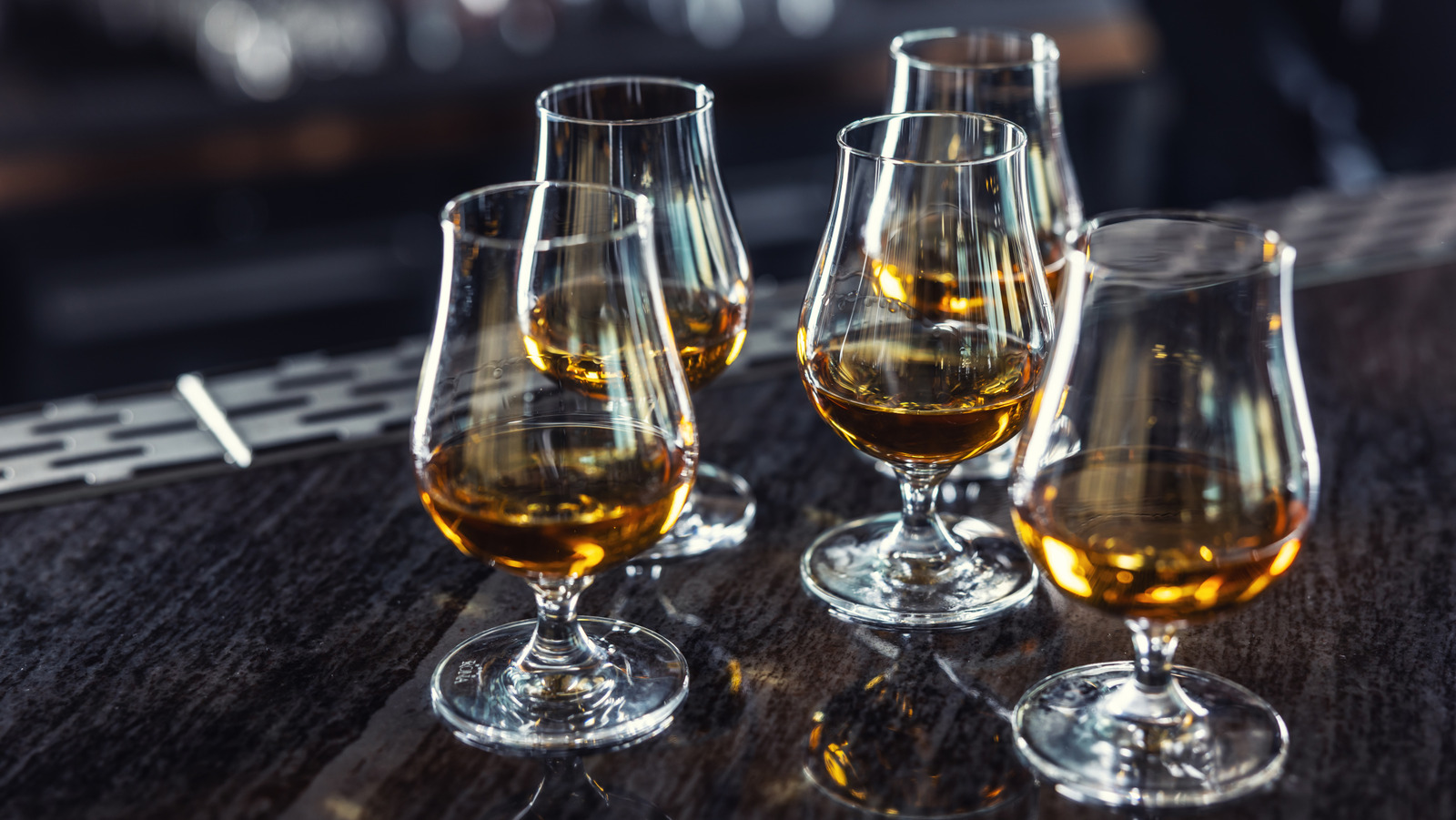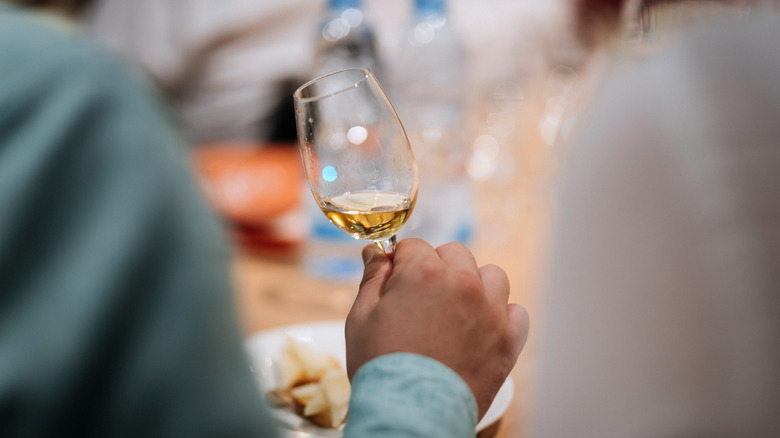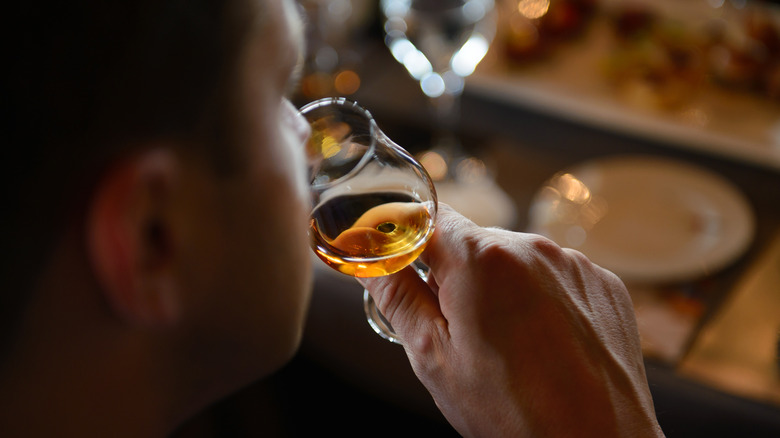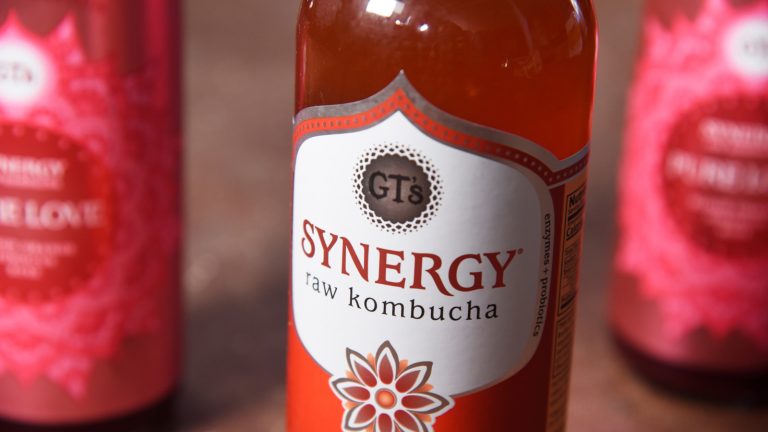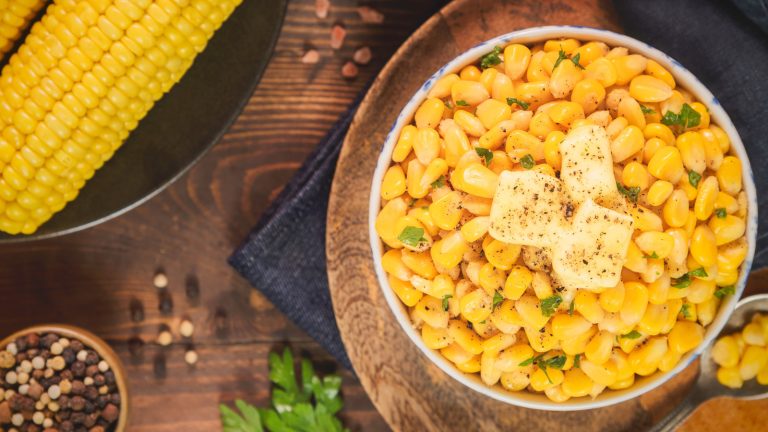A formal culinary exploration is called a tasting (think wine tasting or cake tasting), so it stands to reason that you would assume the most important sense at a whiskey tasting is, well, taste. However, if you only focus on the whiskey once it reaches your lips, you’ll be missing out on the full experience and you won’t be able to truly appreciate the spirit in the way a tasting allows. Don’t misunderstand: taste is essential when enjoying your whiskey. The tasting isn’t complete until your tongue gets around the flavors and complexity of the drink, and the hints of vanilla, black pepper, or oak that are left behind. But to avoid one of the mistakes everyone makes when tasting whiskey, be aware that the spirit’s story doesn’t start with taste. It begins with sight and smell.
Okay, it actually begins by pouring whiskey into a glass. When you’re tasting whiskey and not just drinking it, the glass you choose does matter, as the shape can impact how the whiskey tastes and smells and glasses with wide mouths can let too much aroma escape. Traditionally, whiskey is tasted in a copita glass, which is stemmed and looks like a sherry glass or a tiny wine glass. If you have one on hand, you can also use the small, tulip-shaped Glencairn glass — or, barring all that, a normal wine glass. Once the dram is poured, hold your whiskey glass just right and set your sights on its color and appearance.
Call the whiskey like you see it
Although not a perfect indicator, a whiskey’s color can tell you a lot about how it lived its life before it reached your glass, so start by holding it up to the light. When it’s first made, whiskey is clear, but as it ages, the color darkens into a wide range of hues — everything from a warm beige to a vivid amber to a deep chocolate brown. Darker colors often mean that the whiskey is more mature or that it was aged in wine or sherry casks, and lighter colors could show a shorter maturation period or the use of bourbon casks. Darker colors also can mean a stronger flavor, but some whiskeys use color additives, so the hue could have been manipulated.
Light shining through the glass will also reveal a whiskey’s clarity. Lower-quality whiskey may be cloudy or contain sediment, while higher-quality whiskey is generally more clear. However, clarity can also indicate the use of chill filtration to remove impurities, which also affects the smell.
Don’t start sipping just yet, though — you’re not done looking. Simple sight can also reveal a whiskey’s viscosity. Take the glass and swirl the whiskey around, allowing the spirit to wash over the interior of the bulb. As the spirit drips back into the base, “legs” of liquid will cling to the sides of the glass. If they disappear quickly, the flavor is likely more mild. If the legs run slowly, the viscous spirit will be more full-bodied (and usually have a higher alcohol by volume).
Make sure your observations are on the nose
By exposing the spirit to air, swirling the glass will also enhance whiskey’s other essential, non-tasting component: smell. The aroma of the whiskey — called the “nose” — reveals characteristics including its maturity, ingredients, and production process. You may be able to smell the smokiness of peat, the earthiness of an oak cask, or just pure alcohol if the whiskey is low quality. One of the primary reasons you lead with your nose is to help your palate decipher what it’s tasting and open up your understanding of the flavor. The scents and flavors of whiskey, especially high-quality whiskey, are complex, and your sense of smell and your tastebuds are inextricably linked. Take time to discover the more subtle aromas to enhance your gustatory experience.
Unlike with wine, nosing whiskey is quite delicate. If you stick your nose deep in the glass and breathe in, you’ll mostly be hit by the sting of a high ABV. Instead, put your nose partly in the glass and inhale softly. Some experts suggest holding your mouth open, while others say to first breathe in with a closed mouth and then open it. Some nosing techniques involve moving the glass back and forth or slowly bringing the glass closer while you sniff. You can experiment with the method that offers the most olfactory revelation. Once you’ve gathered as much aroma information as you can, it’s time to start the taste portion of the whiskey tasting. (Just avoid making the rookie mistake of calling the drink smooth.)


